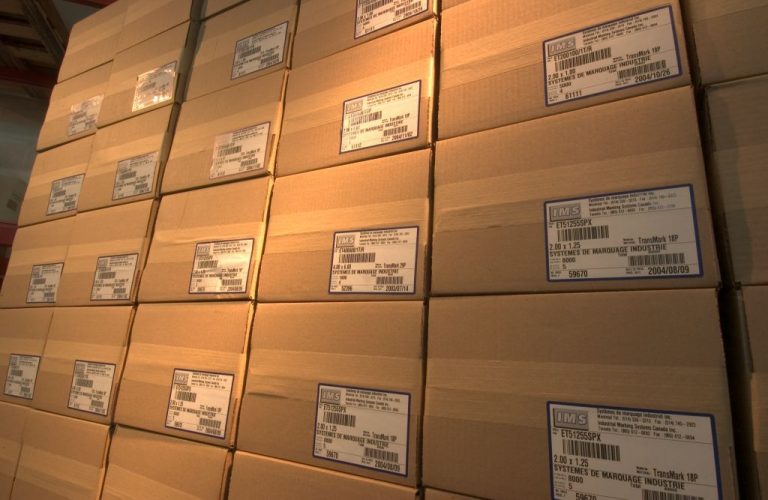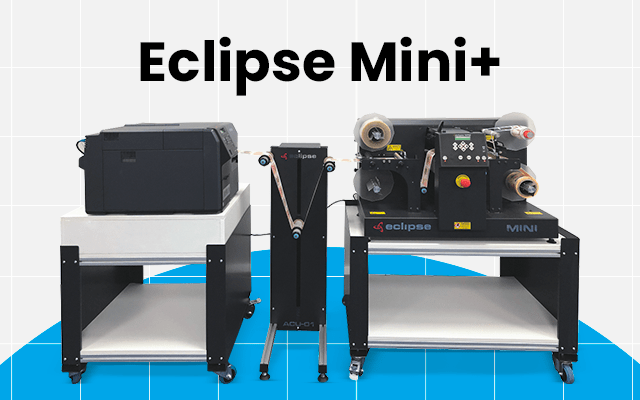You experience it every day; the logistics chain relies on technology and how quickly its different components do their own part. At the heart of it: the barcode. It’s always on your product: when it’s boxed, shipped, received, counted, moved, sold and recycled. Automation is omnipresent and relies on the most modest barcode. So why compromise its quality and the medium on which it’s produced?
As you may know, a smudged or damaged barcode can cost you, depending on client specifications and contracts. To avoid this, below are 5 points to keep in mind.
Barcode compliance in 5 points
1. Follow customer requirements
Many industries, such as retail, food, automotive and health care, have agreed on standards for barcode types, label size and placement on shipping boxes and product labels. There are general “standard requirements” for industries as well as specific requirements for clients. Avoid conflict and fees by confirming barcode emplacement and size with each of your clients.
2. Invest in printer cleaning and maintenance
You certainly use thermal transfer or direct thermal printers to print your barcodes. Experience shows that despite good intentions, as the volume of labels goes up, maintenance declines. Taking a couple of seconds to execute proper maintenance is less costly than replacing a print head and/or returning merchandise, not to mention the associated fees and penalties if the produced barcodes are not up to standards.
Oh, and while we’re at it, maintenance is also about properly cleaning the print head and running a print test every time you replace the ribbon.
3. Avoid cheap materials
Saving a couple of pennies by using a cheaper label is not a good idea. Poor adhesive or lower print quality may cause you problems down the road. Why put yourself at risk?
The same goes for ribbons. Not only do they have an impact on printing quality, ribbons have a direct impact on your print head’s life expectancy. Quality ribbons have layers of print head cleaner and lubricant that enhance its longevity. Think of the hundreds of dollars in repairs or print head replacement motivated by penny savings per label and/or ribbon…
4. Double check barcode label placement
As mentioned above, each client can have its own specifications as to where the label should be applied on your shipping box. To err is human. Double-checking label emplacement before shipping shows that you care about quality control. Periodically train your warehouse staff. They’re on the shipping front line.
5. Use a verifier to test your barcode labels
Barcodes are read by machines, not humans. What’s “nice” for our eyes isn’t for a scanner. Using a barcode verifier to analyze codes for readability and accuracy is the best solution to ensure proper scanner legibility. It will analyze barcode line spacing and “legibility grade.” Barcode verifiers such as the Axicon offered by IMS do just that.
Finally, barcode standards are updated on a regular basis. IMS recommends checking periodically with respective industry associations and with GS1 (Global Standards One), the international organization that sets barcode standards. Or better yet, ask your IMS specialist about the latest developments in your area and test your barcode compliance.
Happy barcoding!







